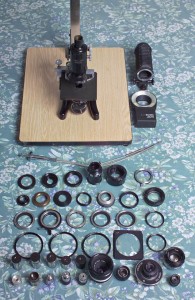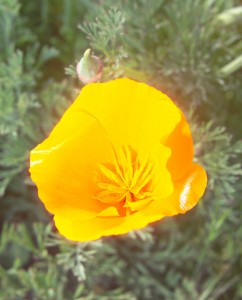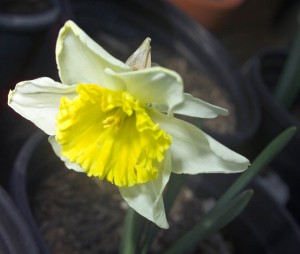In the spring a photographers’ thoughts turn to macro and micro photography. At the same time the photographer’s wallet turns inside out. I know that most people feel that the way to do micro photography is by buying a micro lens or using a macro zoom. Micro lenses are very fine, but a 60mm f2.8 Nikkor costs $600, and the micro 200mm is about $1800. I think this is a lot of money. Many micro zooms are just not all that good optically. The other problem with much of this gear is that it doesn’t get you all that close. I’m going to do a few blogs about unusual micro equipment. I might finish off with something about microscopes. I’ll start with some general things and the work into specific set-ups. One thing, I know that almost no one will actually want to use most of these set-ups. They require manual control and some thought and some experimentation. You will not always take good pictures. The trade off is that you can go MUCH closer that you could with a standard macro lens. Macro lenses tend to stop at the point where the subject is the same size on the sensor that it is in life. A microscope will allow you to make the subject eighty times larger on the sensor than it is in life. That is eighty times closer than a macro lens.
I will be discussing the adapters for Nikon lens mounts. There are adapters for other systems. Since I don’t think most people will actually be assembling these things, I’m not going to bother to find out what the adapters are for other systems.
Macro and micro are terms that get used interchangeably. Nikon calls all their close up lenses micro, Canon calls them macro. I am going to call close-up images that are less than life size on the sensor macro. Images that are more than life size on the sensor will be called micro. If you want to call them something else that is ok by me.
Some set-ups allow continuous focus; others only allow zone focus. This is important. Zone focus means that the lens will only focus over a limited distance, or that it is fixed focus. I like zone focus better. You set the system up and then weave back and forth till you find the right image and focus. Then you shoot. This is actually easier than racking the focus back and forth.
Lighting is important also. For most of the shots in the next few blogs I used a Sunpak 611 with a booty light cover. (https://siskinphoto.com/blog/?p=189) This gives a large light source since the object is never more than a few inches away. I like the Sunpak because it has manual output over a long range, down to 1/128 power. Any strobe with manual control will work well for micro work. You can use a ring light, but this has problems when you are really close. So I like the Sunpak. But I have a ring light. I am including a picture of all the micro items I’ve acquired. If you click on the image you’ll get a larger image.
Now that I’ve introduced everything I’m going to finish up with something simple: diopter lenses. These are basically reading glasses for your camera. They screw on the front of the lens like any filter. All auto features remain automatic. They are inexpensive (a set of 3 in 52mm is about $50). They are not always all that sharp. Still they’re good to have in the camera bag. You can also make large format lenses out of these filters, check out this article.
Next week extension tubes!
I have a new article on Architectural Lighting coming out in the May/June issue of Photo Technique Magazine . I hope you’ll check it out. I also hope you’ll check out my classes at BetterPhoto.
An Introduction to Photographic Lighting
Portrait Lighting on Location and in the Studio
Business to Business: Commercial Photography
Thanks, John Siskin



